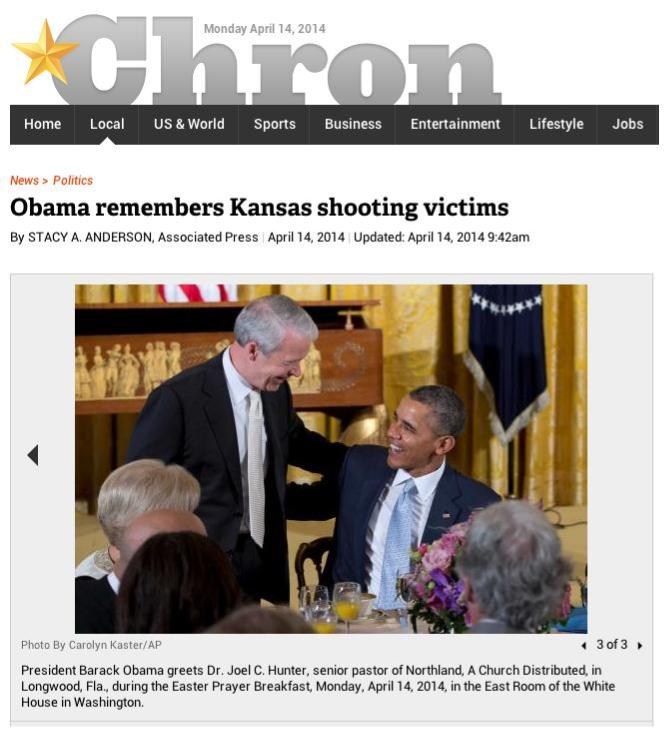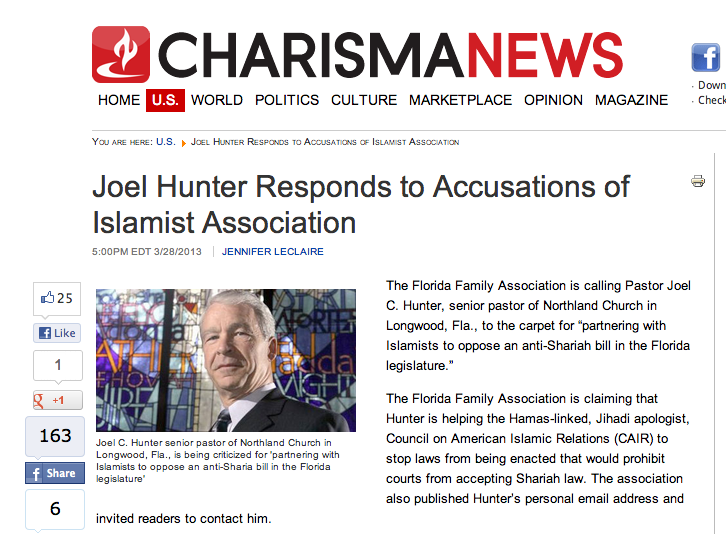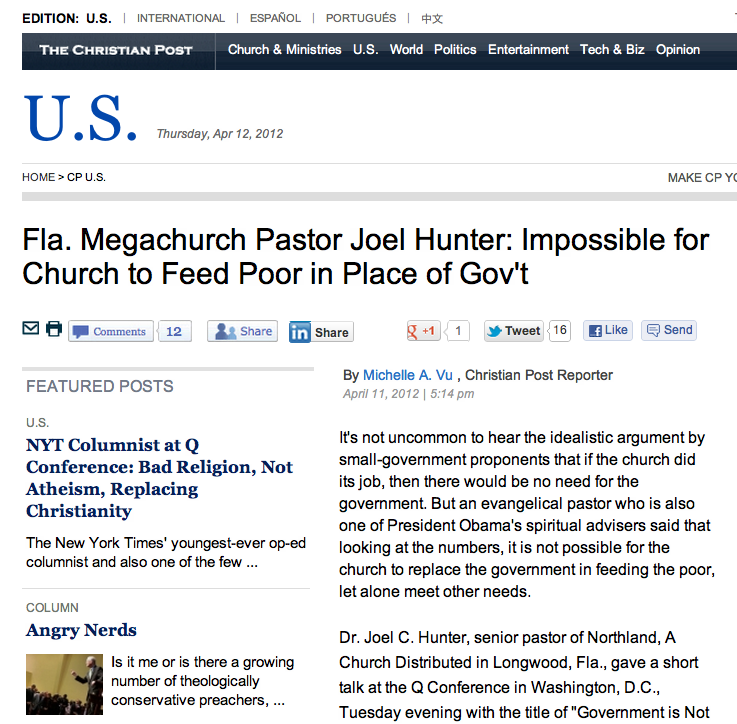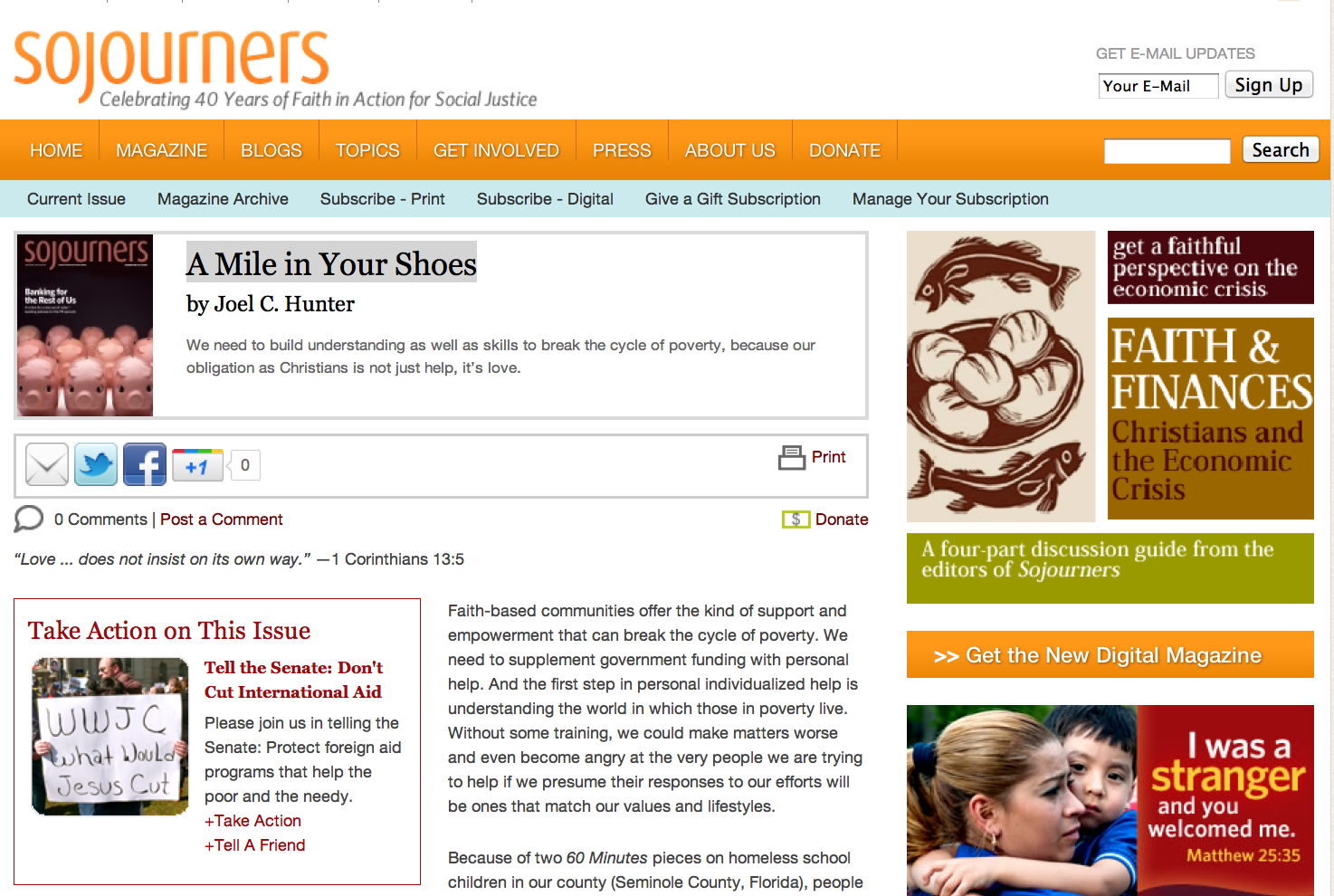The Cost of Homelessness: Central Florida Commission on Homeless Cost Analysis
Living on the streets isn't cheap: Each chronically homeless person in Central Florida costs the community roughly $31,000 a year, a new analysis being released Thursday shows.
The price tag covers the salaries of law-enforcement officers to arrest and transport homeless individuals — largely for nonviolent offenses such as trespassing, public intoxication or sleeping in parks — as well as the cost of jail stays, emergency-room visits and hospitalization for medical and psychiatric issues.
In contrast, providing the chronically homeless with permanent housing and case managers to supervise them would run about $10,000 per person per year, saving taxpayers millions of dollars during the next decade, the report concludes.
The findings are part of an independent economic-impact analysis that will be discussed Thursday afternoon by the Central Florida Commission on Homelessness.
"The numbers are stunning," said the homeless commission's CEO, Andrae Bailey. "Our community will spend nearly half a billion dollars [on the chronically homeless], and at the end of the decade, these people will still be homeless. It doesn't make moral sense, and now we know it doesn't make financial sense."
The vast majority of long-term-homeless residents have some sort of disability, Bailey said. They are veterans with post-traumatic stress disorder; men and women with mental illness; or people with severe physical disabilities.
"These are not people who are just going to pull themselves up by their bootstraps and get a job," Bailey said. "They're never going to get off the streets on their own."
Last fall, the commission spent $15,000 donated by the Orlando Solar Bears to hire the Tulsa, Okla.-based company Creative Housing Solutions, which conducted the analysis. Researchers worked with local homeless outreach programs to identify 107 long-term-homeless residents living in Orange, Osceola or Seminole County. Using actual jail and hospital records, they tracked public expenses through the years to come up with the yearly average of $31,065 per person.
That figure was multiplied by 1,577 — the number of chronically homeless people throughout the three counties. In both cases, the figures were considered conservative.
"We didn't even include the money spent by nonprofit agencies to feed, clothe and sometimes shelter these individuals," said lead researcher Gregory Shinn, associate director of the Mental Health Association Oklahoma in Tulsa. "This is only money that we could document for the individuals we studied — and it's money that is simply being wasted. The law-enforcement costs alone are ridiculous. They're out of control."
The expense is particularly high for the city of Orlando, where many of the chronically homeless live on the streets. The most recent homeless census put the number there at about 900 individuals. In Osceola County, which has an estimated 300 chronically homeless residents, permanent housing for the homeless may be a tougher sell.
"The report's numbers actually reflect more what's going on in Orange County and Orlando," said Niki Whisler, homeless-advocate coordinator for Osceola. "Our priority here are our families, especially in hotels."
But for Orlando Mayor Buddy Dyer, the findings validate what he has already proposed, he said.
"I can't say I'm surprised by the cost," Dyer said. "We recognize that a large percentage of these individuals roam the streets of our city."
In his State of the City address in April, Dyer vowed to get a third of the chronically homeless — some 300 people — into what's called permanent supportive housing within three years. Such housing is typically a government-subsidized apartment with a case manager to ensure the tenant is getting medical and psychiatric care and other services.
Researchers estimated the cost of permanent supportive housing at $10,051 per person per year. Housing even half of the region's chronically homeless population would save taxpayers $149 million during the next decade — even allowing for 10 percent to end up back on the streets again.
"We're not going to bat a thousand," Shinn said.
Bob Brown, president and CEO of the Heart of Florida United Way, said the cost analysis underscored the need to take action on chronic homelessness.
"This is no longer [one person] from the Coalition for the Homeless saying we have to do something," Brown said. "This is a reliable consultant who has used proven methods for calculating the cost. Hopefully this will finally get the attention of community and government leaders. We can't wish this away."
Joel Hunter, a homeless-commission member and senior pastor at Longwood's Northland megachurch, said he hoped the faith community would help persuade parishioners that supportive housing is the way to go.
"We're going to need to present to them how much wiser it is to address this problem than to ignore it," he said. "I don't think there is a huge momentum to fix homelessness at the moment, simply because a lot of people don't see it in front of them every day. But if we can make the business case as well as the moral case for them, I think we can build a desire to help those who need it most."
ksantich@tribune.com or 407-420-5503
SOURCE: http://touch.orlandosentinel.com/?#section/1229/article/p2p-80272962/







